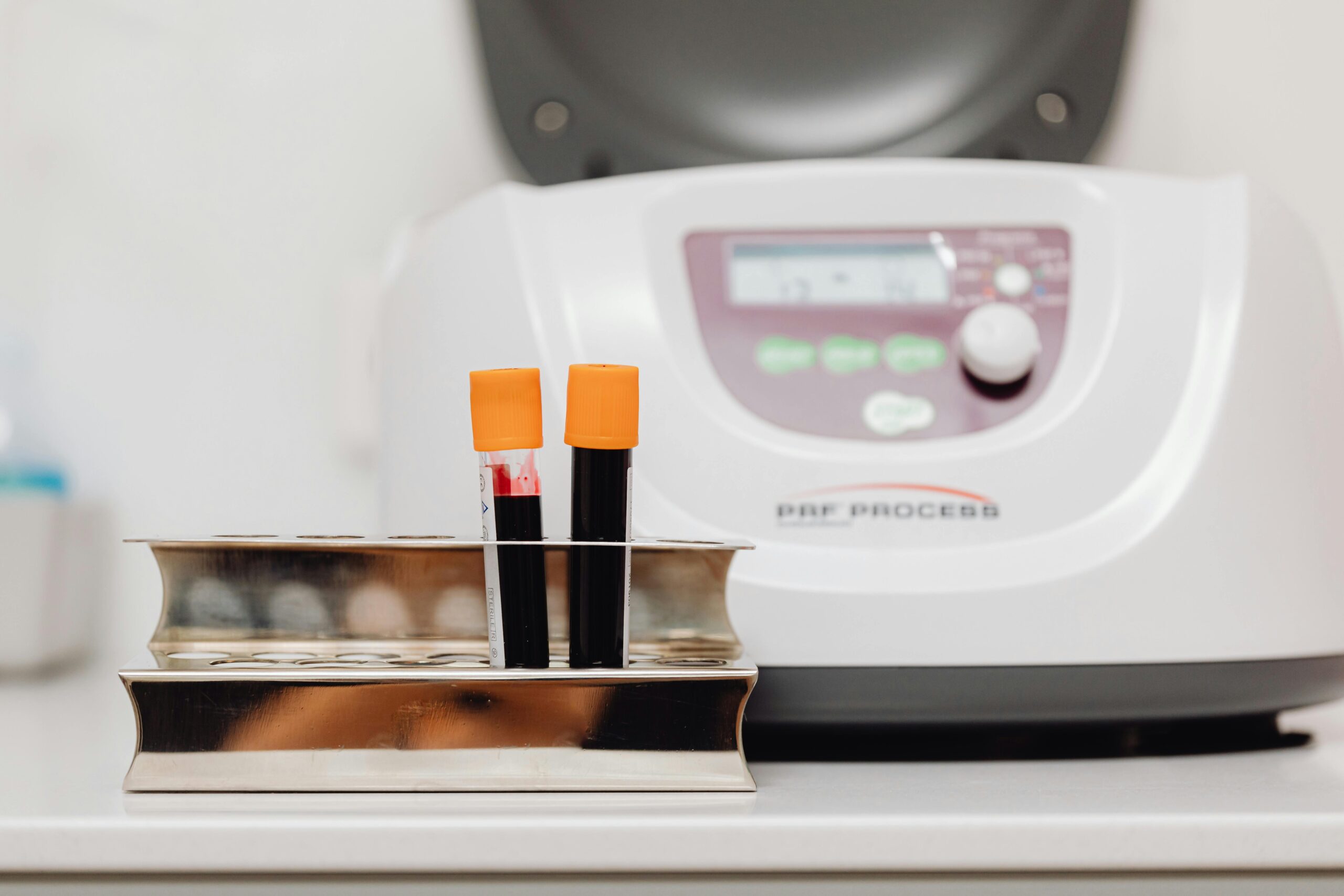In 2023, the United States Supreme Court issued its decision in Amgen Inc. v. Sanofi, 598 U.S. 594 (2023). This ruling has become a landmark in biotechnology patent law, particularly for how enablement is evaluated. The Court made clear that patents claiming large groups of related inventions must contain enough detail to allow skilled professionals to make and use all covered variations without excessive trial and error.
Case Overview
The dispute involved patents on antibodies that attach to a protein called PCSK9. When PCSK9 is blocked, LDL cholesterol levels in the blood decrease, lowering the risk of heart disease. Amgen’s patents described antibodies by the results they achieve—binding to certain PCSK9 sites and preventing interaction with LDL receptors—rather than by specific structural details.
Amgen disclosed several examples of antibodies and described screening techniques to identify others. Sanofi challenged the patents, arguing that the claims potentially covered millions of
antibody variations, most of which were not specifically described. Producing and confirming these variations would, according to Sanofi, require significant additional work.
The Court’s Decision
The Supreme Court sided with Sanofi. It held that under 35 U.S.C. § 112, patent claims must be supported by a specification that enables a person skilled in the field to make and use the invention’s full scope without “undue experimentation.” Providing only a handful of working examples and general guidance for finding others was not enough when the claim potentially encompassed such a vast range of possibilities.
The Court’s opinion highlighted the difference between showing how to make some examples and showing how to make the entire category. In this case, Amgen’s disclosure was deemed too limited to support the breadth of its claims.
Why This Decision Matters for Biotechnology
Biotechnology inventions, such as antibodies, enzymes, or nucleic acids, often belong to unpredictable scientific fields. Small molecular changes can dramatically affect performance. Because of this, courts and patent examiners expect more detailed technical disclosure when claims are defined by what they do instead of by precise structures.
The Amgen decision signals that patent applicants in biotechnology will need to match claim breadth with a proportionate level of detail in their descriptions.
The Role of the Wands Factors
The Court reaffirmed the use of the factors from In re Wands, 858 F.2d 731 (Fed. Cir. 1988) to assess enablement. These include the predictability of the field, the breadth of the claims, the nature of the invention, the guidance provided in the patent, the quantity of experimentation required, and the skill level of those in the art.
When these factors are applied in biotechnology, the unpredictable nature of the field often increases the need for specific examples and clear instructions.
Practical Steps for Innovators
The decision does not prohibit broad genus claims, but it raises the standard for supporting them. Biotechnology applicants can strengthen their filings by:
· Including a diverse set of representative examples covering the claimed range.
· Supplying detailed structural information, such as amino acid or nucleotide sequences.
· Explaining manufacturing and testing methods for each type of embodiment in the claim.
· Balancing functional definitions with concrete technical features.
· Adjusting claim scope so it aligns with what the specification fully supports.
Implications for International Patent Strategies
While Amgen applies only in the U.S., related trends are present in other jurisdictions. The European Patent Office applies the concept of “sufficiency of disclosure” under Article 83 EPC, which requires enough information at filing to make the claimed invention credible and workable. The EPO’s Enlarged Board of Appeal decision in G 2/21 underscored the need for plausibility at the filing date, which often means including experimental results from the start.
Filing strategies that consider both U.S. enablement requirements and European sufficiency standards can help avoid costly amendments or re-filings.
Effect on Licensing and Enforcement
Patent owners and licensees should review biotechnology claims for enablement strength in light of Amgen. Broadly written claims that rest on limited disclosure are now more likely to face invalidity challenges. Strong enablement can enhance a patent’s value in licensing negotiations and improve the chances of surviving litigation.
Conclusion
Amgen Inc. v. Sanofi, 598 U.S. 594 (2023) underscores that patent scope and disclosure must be in balance. In biotechnology, this often means more representative examples, greater structural detail, and specific instructions tailored to the field’s complexity. Innovators who prepare applications with these elements in mind will be better positioned to secure lasting and enforceable rights.
Twisdale Law, PC assists biotechnology companies with drafting, filing, and enforcing patents that meet these evolving standards, helping innovators protect their most valuable technologies.








